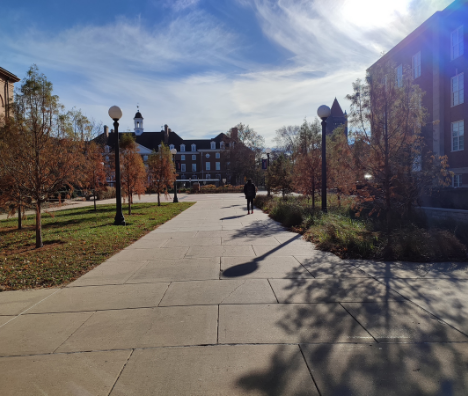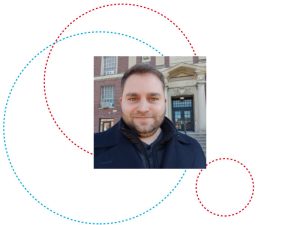In a space mission, re-entry in the atmosphere is one of the most principal phases, but also the one of the riskiest. The spacecraft is subjected to high temperatures and disrupted communication, more commonly known as a ‘radio blackout’. This problem has existed ever since our first foray into space in the 1960s, and, so far, there are limited ways to stop it from happening. The consequence is that for anywhere between seconds and minutes, the status of a vehicle re-entering the atmosphere is completely unknown.
At SnT, Johannes Laur, a doctoral researcher at the Space Systems Engineering (SpaSys) research group, is researching a concrete approach on how to stop radio communications blackouts during re-entry to the atmosphere. The project, entitled Magnetohydro-dynamic Enhanced Entry System for Space Transportation (MEESST), is a Horizon 2020 project, a financial instrument that aims to secure Europe’s global competitiveness. As it stands, research is carried out by replicating the conditions that occur when a spacecraft re-enters the atmosphere. This is done through plasma wind tunnels that produce gas flowing into a vacuum chamber. Within this chamber, probes of re-entry vehicles can be placed inside to measure heat load on the walls. In Laur’s case, his assessment would involve looking at the effect on antennas.
Under the supervision of Dr. Jan Thomel, head of SnT’s CubeSatLab, Laur is developing blackout mitigation methods, which will help in defining optimal antenna designs, like the antenna frequency and position, and the required support systems – such as magnets and cooling systems on a spacecraft. To this day, this kind of information is not available to re-entry vehicle designers – and yet would be a vital piece of knowledge for them to design. Institutes containing the plasma wind tunnels are few, however the CubeSatLab collaborates with the Von Karman Institute (VKI) for Fluid Dynamics in Belgium, who have one on their premises. In late-November 2021, Laur was granted the opportunity to visit another at the University of Illinois Urbana-Champaign (UIUC) in North America.

On his two-week expedition, Laur visited the Center for Hypersonics and Entry Systems Studies (CHESS), a multidisciplinary research group in the UIUC Grainger College of Engineering. Supervised by Prof. Francesco Panerai and Prof. Marco Panesi in the department of aerospace engineering, Laur explored the plasma wind tunnel facilities mounted in the CHESS. The visit marked the first step in an upcoming six-month collaboration project between SnT and UIUC, in the framework of Laur’s doctoral. “The idea of this visit was to do some precalculations and outline what experiments can be conducted within the plasma wind tunnel facilities,” he explained. “I was able to predefine what is possible and what isn’t, as well as the limitations and the constraints of the research to be done.”
“I felt very welcome and look forward to working with such a multicultural and dynamic team,” added Laur. International project collaboration between research groups has the potential to foster new state-of-the-art technologies, build cross-institutional relationships, and bring researchers one step closer to space.
